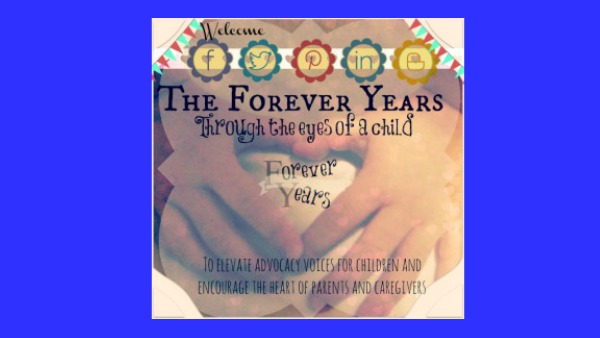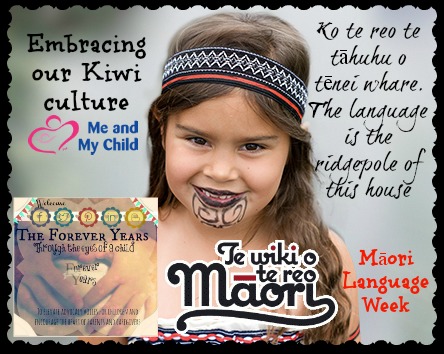
The Guardians of Childhood is a series of children’s picture books and novels and the inspiration for DreamWorks’ Rise of the Guardians adaptation. The books are written and illustrated by author William Joyce, whose other works include George Shrinks, Santa Calls, A Day with Wilbur Robinson, and the much loved Rolie Polie Olie series, which has earned Joyce three Emmy awards.

A luminous new book series from William Joyce that redefines the icons of childhood: Santa Claus, Easter Bunny, the Tooth Fairy, Sandman, the Man in the Moon and many more. Published by Simon & Schuster, these books explore the mythology of childhood legends through vividly illustrated picture books and chapter books for young adults. In November of 2012, the series became an animated feature film from DreamWorks Animation:Rise of the Guardians.

We at “The Forever Years” love this series and the movie, because they epitomise the “magic of childhood”, the magic of “believing”. Many parents and carers disagree about the benefits to children of believing in characters such as Santa Claus or the Easter Bunny and those of Christian faith often feel that the latter two detract from the true meaning of the festivals they represent. Leaving these arguments aside, however, the “magic of childhood” is a universal concept. We all have childhood memories of times which seemed “magical” or, perhaps for want of a better description, times filled with warmth and family, positive surprises and wonder. Most people have at least one such childhood memory, no matter how good or bad their other childhood experiences might have been. As adults, we are tasked with “paying the magic forward” and creating opportunities for our children to see that the world can, indeed, be an amazing and wonder-filled place.
The character of “Pitch Black”, who represents “the bogey man” or “monsters under the bed”, is a generalised depiction of childhood fears coming to life. He also seems to represent adult cynicism, a loss of the “wonder” of childhood.
Pitch is everything a child fears, and he thrives on the fear of children, taking a cruel delight in turning their pleasant dreams into nightmares. But what Pitch hates is when children overcome their fears and don’t believe in him, particularly when parents tell their kids that the Boogeyman is just a bad dream.
http://riseoftheguardians.wikia.com/wiki/Pitch_Black
In many ways we adults are the “Guardians of Childhood”. We choose how much cynicism, apathy or sometimes downright defeatism and lack of self-belief we impart to our kids, which in turn effects their outlook on life as they grow into adults… including their belief in themselves and their ability to influence the world around them. While childhood, and life in general, cannot be perfect or ideal all the time, striving to keep a sense of hope and wonder in our children’s “forever years” is giving them a gift which will stay with them throughout their lives… and which they will “pay forward” to their own children.








